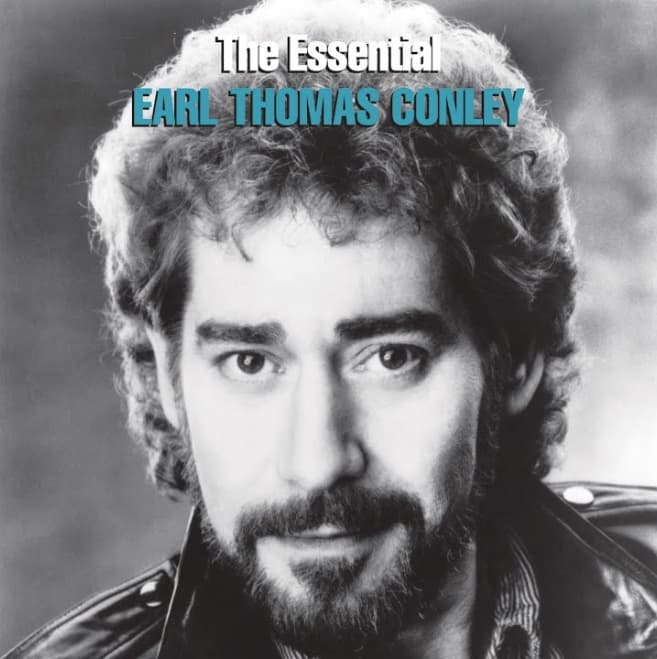
A quiet confession wrapped in the ache of words left unspoken.
When Earl Thomas Conley released “Silent Treatment” in November 1980 as the lead single from his album Fire & Smoke, the country music world was only beginning to understand the depth and precision of his emotional storytelling. The song climbed to No. 7 on the Billboard Hot Country Singles & Tracks chart, marking an early breakthrough for an artist who would soon become one of the defining voices of 1980s country. Yet even among his later chart-toppers, this track remains one of his most exquisitely restrained works a portrait of love fraying not through conflict, but through the unbearable weight of stillness.
At its core, “Silent Treatment” is a study in the kind of emotional distance that doesn’t erupt it erodes. Conley approaches the subject not with dramatic flourish, but with a craftsman’s patience, letting each line unfold like a slow-closing door. In doing so, he reveals one of the most devastating truths of human connection: that silence, when wielded in a relationship, is not a void but a weapon one capable of cutting deeper than anger ever could. His voice, warm yet edged with exhaustion, carries the tension of a man caught in the quiet aftermath of love’s unraveling, long after apologies have lost their meaning.
The production mirrors this emotional architecture. Built on a gentle mid-tempo groove, the arrangement leaves room for Conley’s vocal phrasing to do the heavy lifting. Every pause, every softened consonant, becomes part of the narrative. Country music of this era often relied on lyrical clarity, but Conley took that clarity and pushed it further, using subtle melodic turns to illuminate the unspoken fears hovering behind each line. What emerges is a performance that feels lived-in less like a singer delivering a song and more like a man confessing something he has tried, unsuccessfully, to hide.
Lyrically, the song operates in that delicate terrain where love and pride collide. Conley’s narrator knows he is losing the woman he loves, yet he cannot bring himself to break the cycle of silence. This emotional inertia is the tragedy. Unlike songs that build to catharsis, “Silent Treatment” refuses to resolve. It lingers. It mirrors the reality of many relationships where the absence of confrontation becomes its own quiet devastation.
With this track, Conley demonstrated the artistic signature that would define his career: a poet’s sensitivity paired with a blue-collar honesty. “Silent Treatment” is more than an early hit it is a blueprint for the nuanced emotional landscapes he would continue to explore, reminding us that sometimes the loudest heartbreak is the one that never speaks.